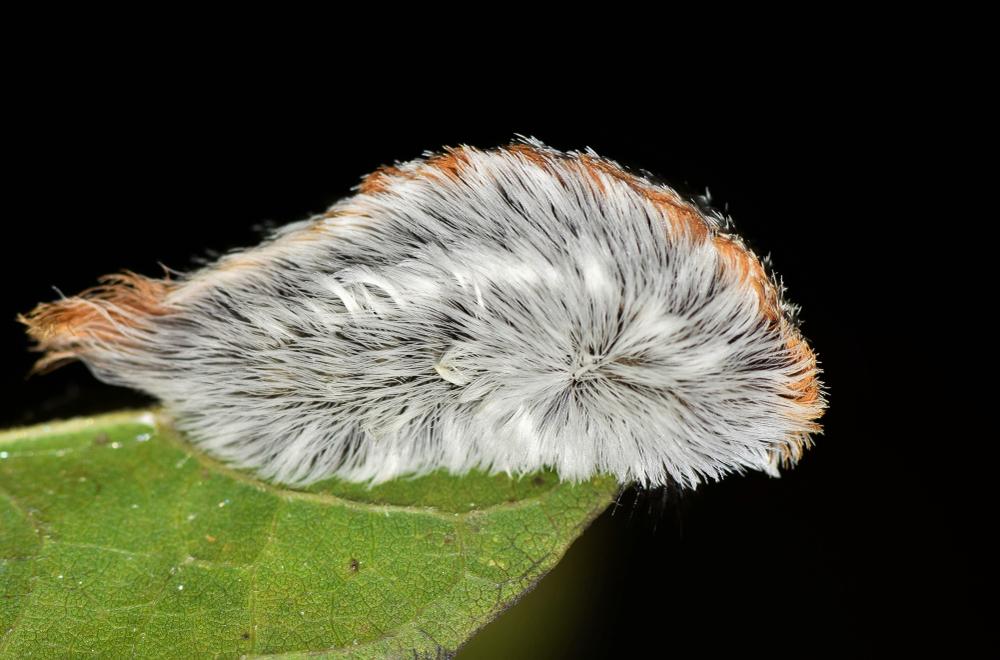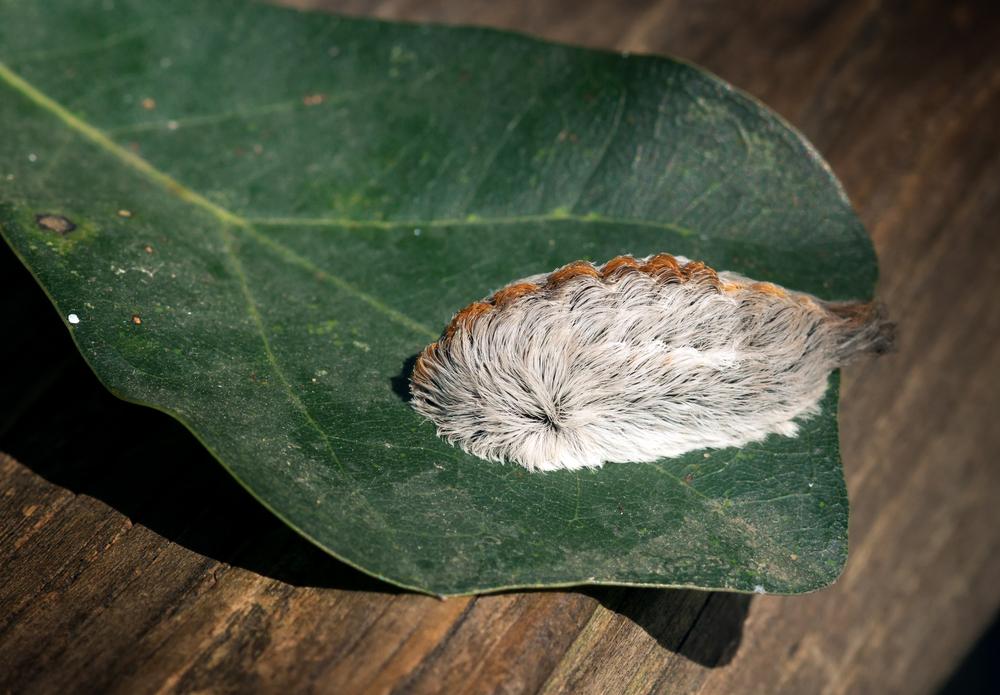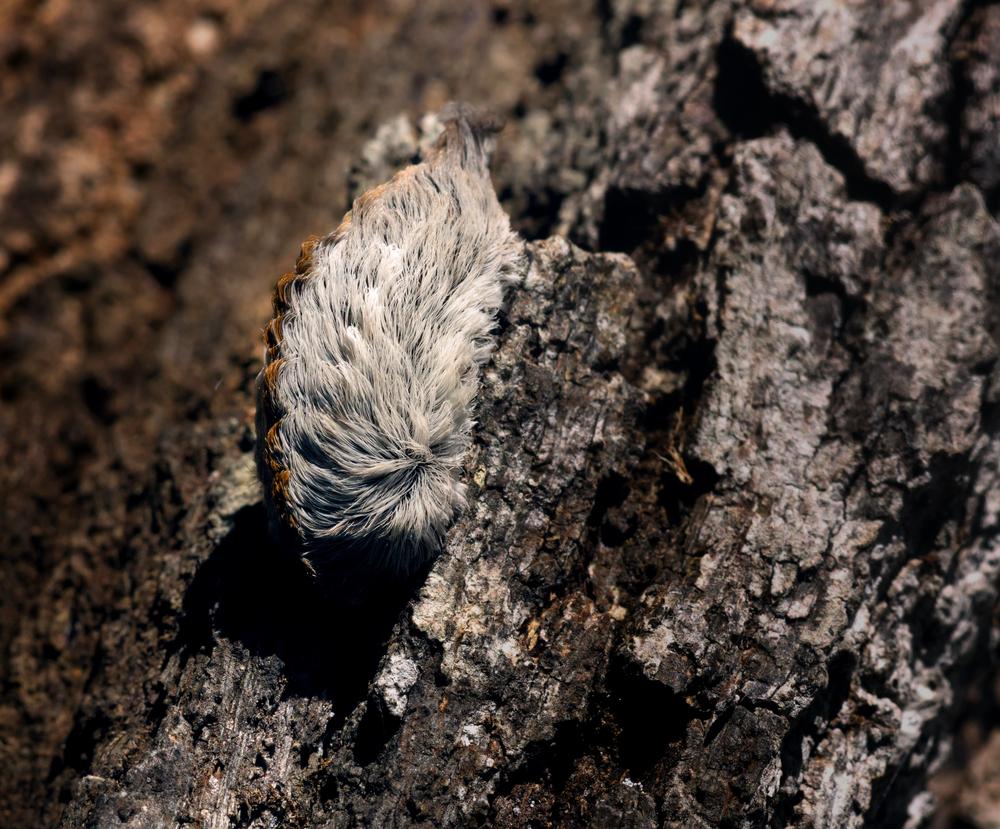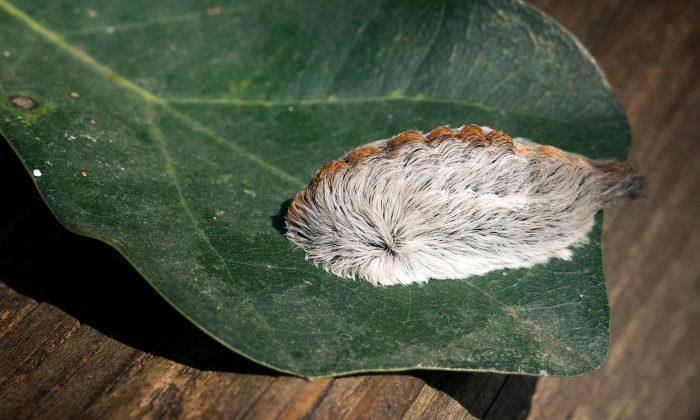If you live in Florida, get ready to look but don’t touch! The “puss caterpillar,” named as such for its cat-like furry coat, is making its seasonal return to the sunshine state, and it is not as friendly as it looks.

This little critter is nicknamed “the fire caterpillar” in Costa Rica for very good reason. But they are not indestructible; their populations waver and are continually at the mercy of the weather, food availability, and invasive parasites.


The next step is to apply an ice pack to reduce stinging, then cover the affected area with a healing, homemade paste comprising baking soda and water. Anybody overly curious or unlucky enough to be stung should take extra care, however, if they have a history of hay fever, asthma, or an allergic response. They should “contact a physician immediately,” Dr. Aleguas advises.
National Geographic reported that, alarmingly, “some have petted the insect, [while] others have been injured when the caterpillars fell onto them from trees.”
Puss caterpillars enjoy their Floridian vacations in the spring and again in the fall, spending the winter months cozy in their cocoons as they prepare for the next season of moderately duplicitous behavior. They can mostly be found lounging at medium altitudes on the branches of oak and citrus trees, but occasionally (as video evidence suggests) they venture down to the leafy valleys of park benches to terrorize the locals.
If you spot one, and you may, by all means take some photos, but be sure to keep your distance!






Friends Read Free